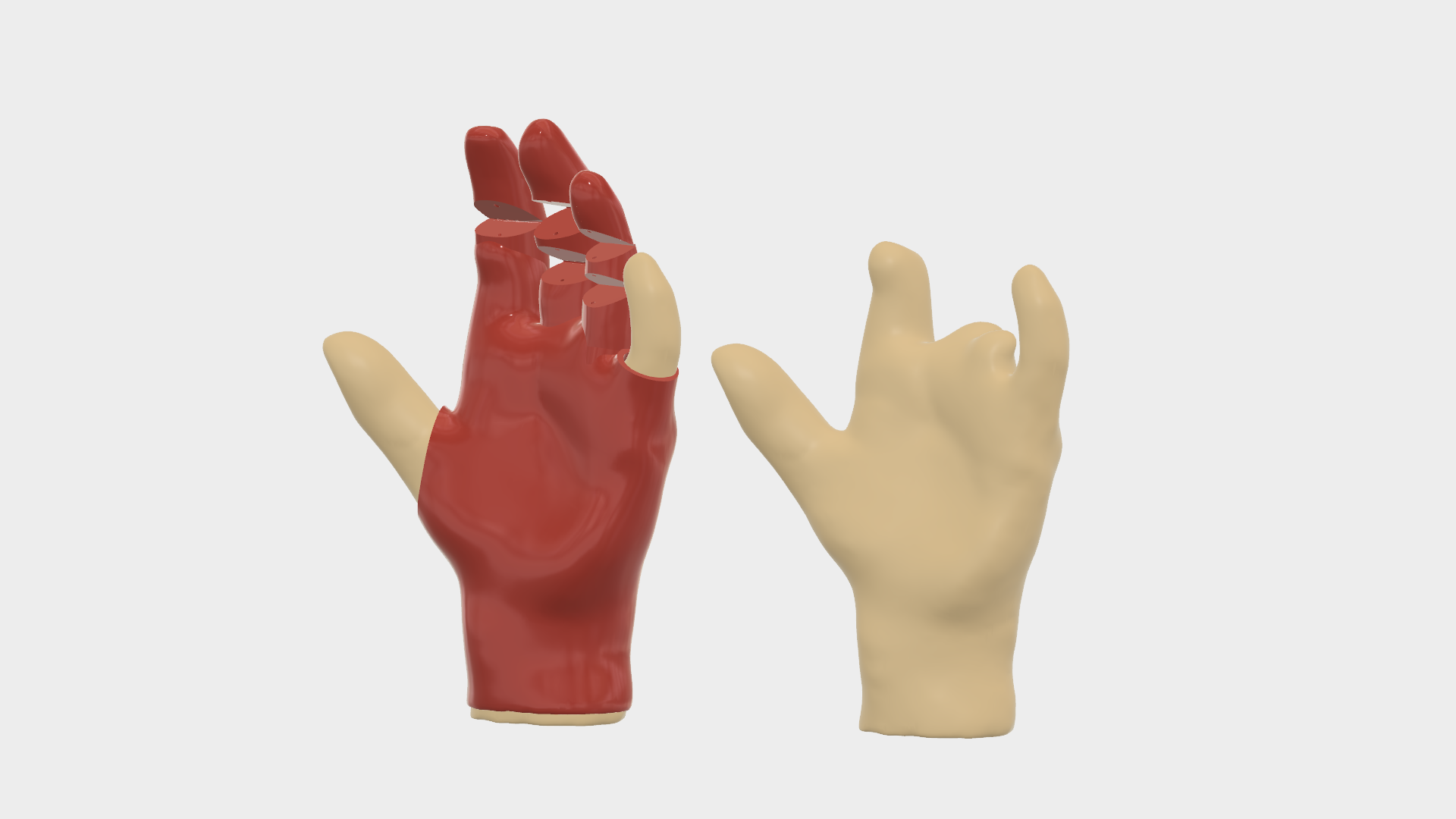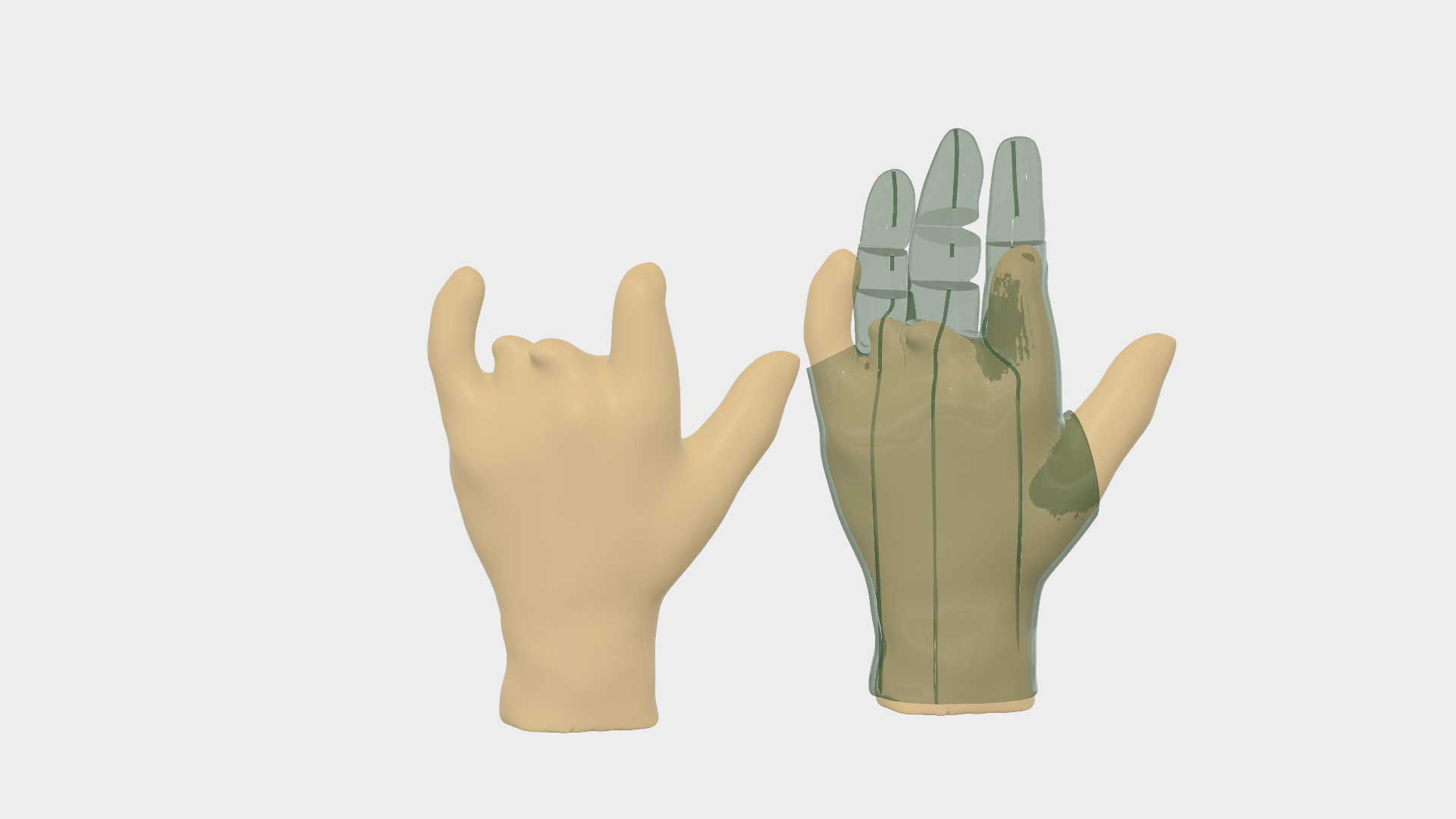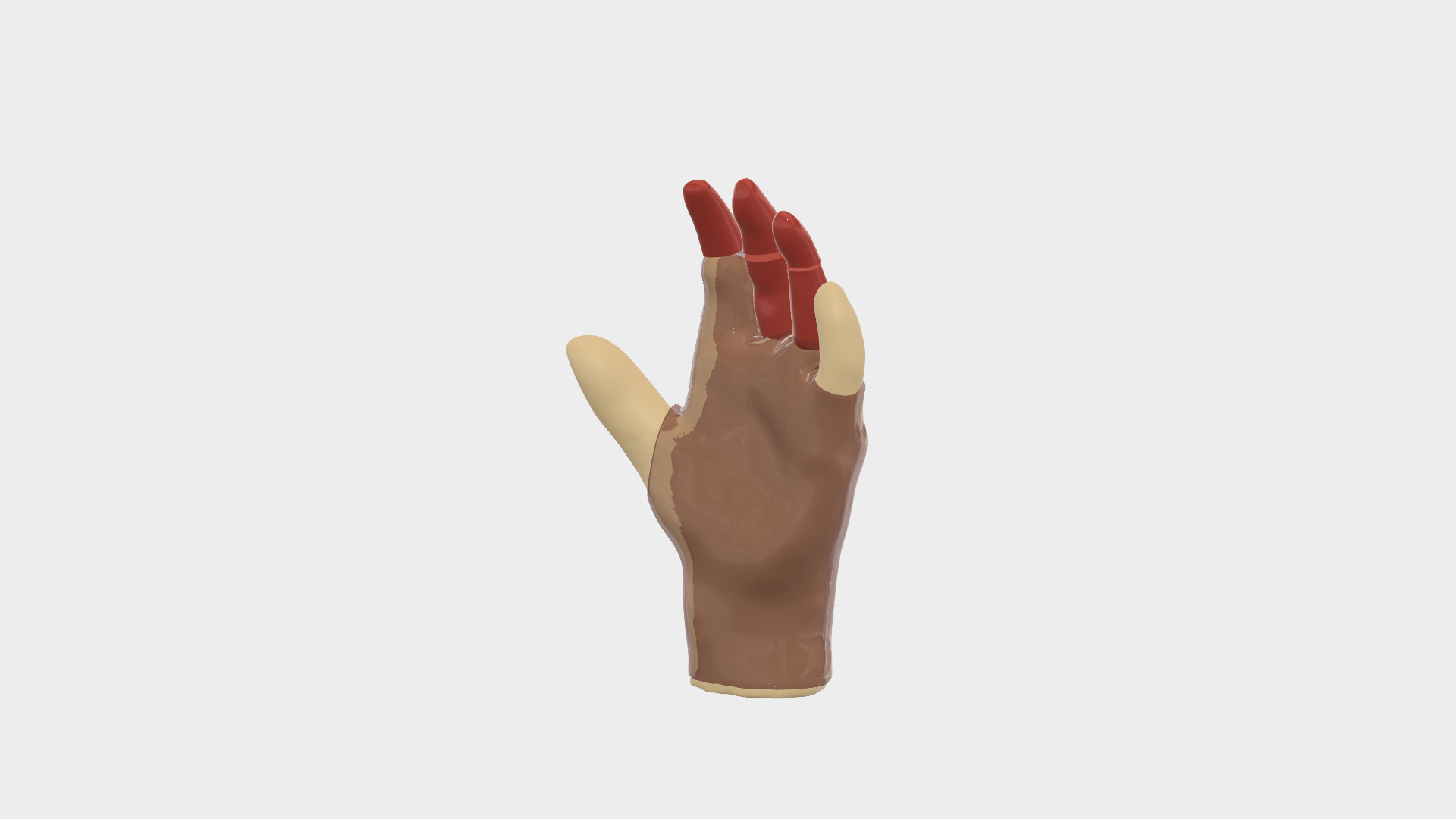Million Hands
The “Million Hands” project explores the possibility of strong, durable, and ultra low-cost DIY prosthetics for kids, who are often priced out of the market by the mere fact that they grow.
The project started, before my involvement, with Sophie’s Super Hand—an effort to build a 3D-printed prosthetic hand capable of enabling a child (Sophie) to use monkey bars. While the hand was indeed capable of some impressive grasping exercises, it ultimately lacked the strength or dexterity for the highly dynamic and strenuous task for which it was initially conceived. Over the next few years, the project splintered into several separate design challenges, with several other need-knowers, some of which continue to progress into 2019—but all of which seem to have forgotten the initial challenge: monkey bars.
By rethinking the materials used for the prosthetic hand from 3D-printed parts to laser-cut or water-jetted slats, I hope to make headway on strengthening the model and increasing modularity, while also reducing cost and allowing for more widespread access.
I joined the orbit of the Million Hands Project in 2017 as the team was being introduced to Lia, an eight-year-old who, like Sophie before her, wanted an opportunity to play on monkey bars despite having a differently-shaped left hand. Our process for working on this difficult and delicate challenge went loosely as follows:
We first molded Lia’s left hand in alginate, creating a plaster sculpture for photogrammetric capture
We then digitized the sculpture using 123D Catch (Autodesk Recap Photo) and imported the model into blender for touching up. Lia’s fingers, which had curled during the mold-making process, were straightened and the mesh repaired
We then did the same process for her right hand, and, using Blender, effectively “subtracted” her left hand from a mirror of her right, creating a glove
We then 3D-printed that glove on a Carbon SLA 3D printer in a flexible material, with a few modifications
This strategy showed some promise, but, like other custom 3D-printed hands, still required hours spent in modeling software, and so could not be called a “truly” generative solution. The print, furthermore, while strong, lacked the flexibility to be comfortable to wear. If we were to continue this line of research, we would think more about automating the scanning process to produce hand shells more readily, and also rethink the final material of the prosthesis.
Instead, we turned our attention to other possible mechanical solutions—and then, finally, to a modular, laser-cut design. [images and video forthcoming]



